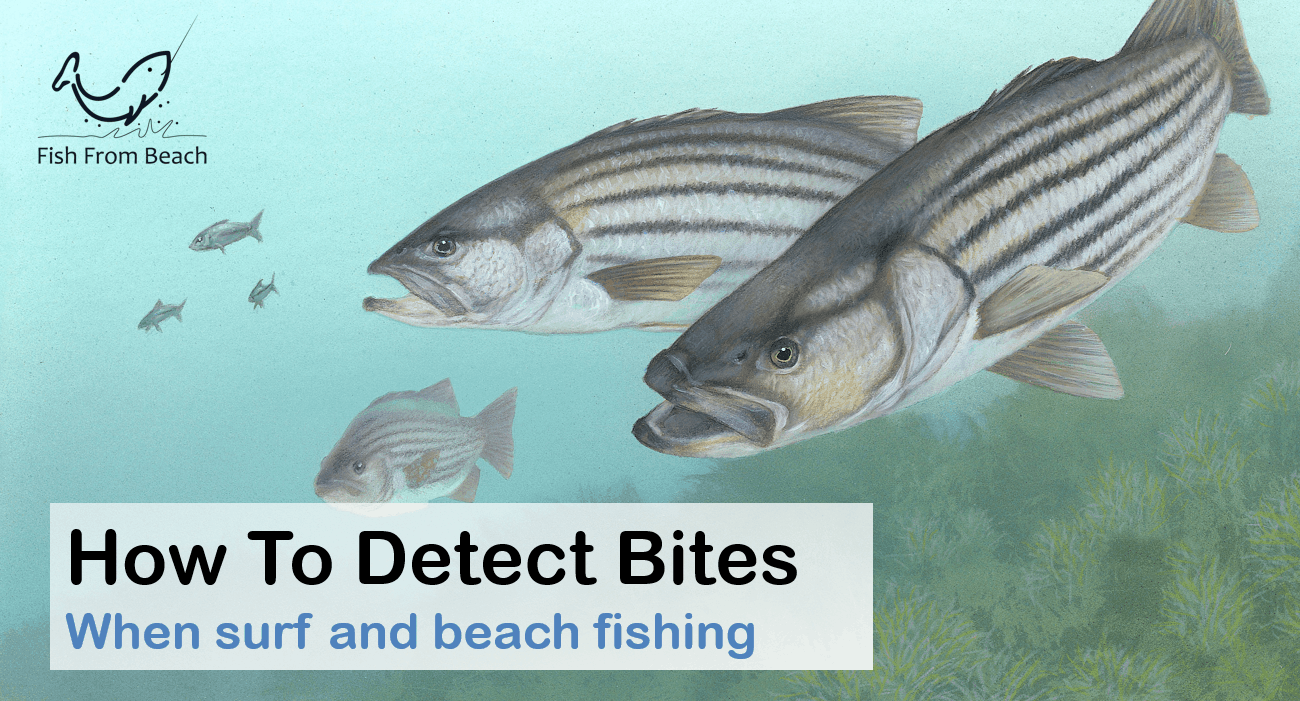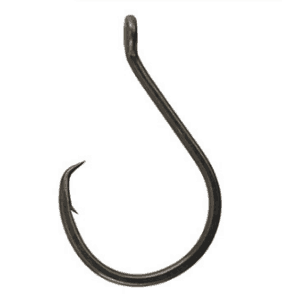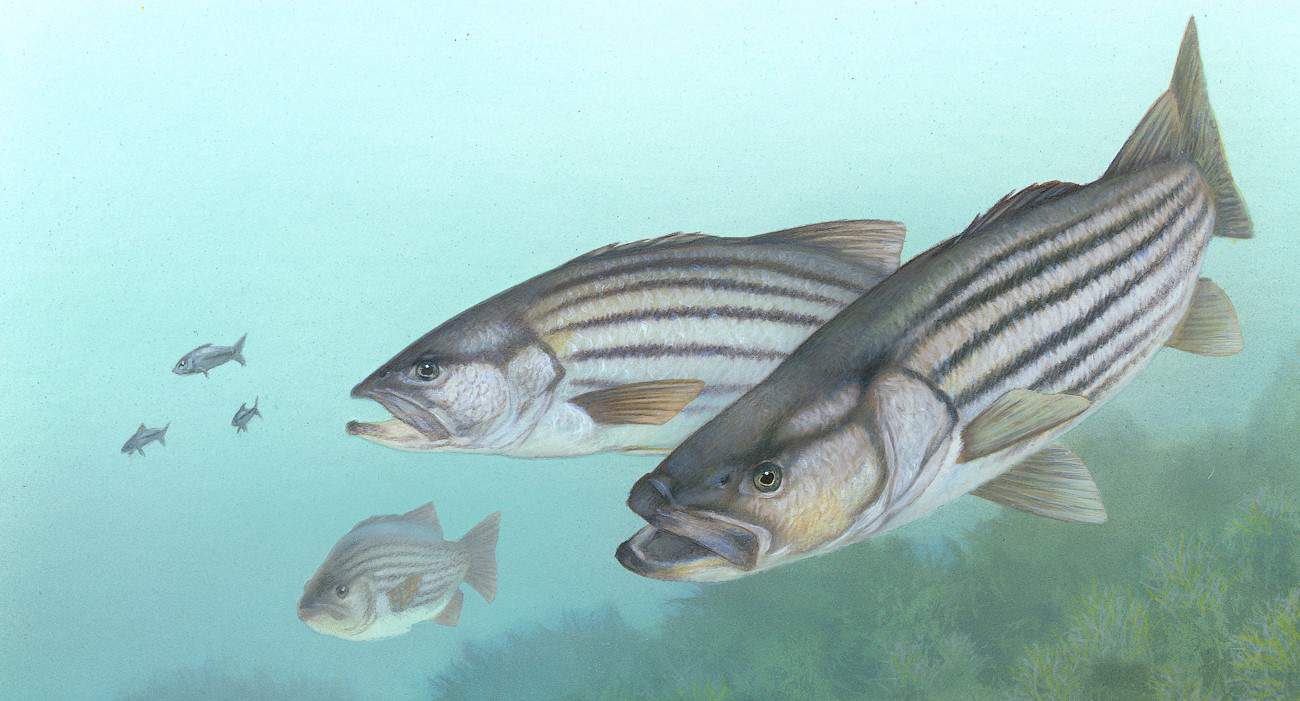
The ability to know if you have a bite is one of the most critical surf fishing skills.
If you can’t tell when a fish is on your line, you will not be able to put the hook in its mouth at the right moment and you will give it enough time to steal the food and escape the trap.
This is why surf fishing is very challenging and very interesting.
You have to deploy baits at a distance of about 70-150 yards from the shoreline because that’s where you are most likely to find fish, and at the same time, you need to stay connected to the other end of your line and detect the slightest movements and vibes that happen over there.
Failing at this will result in a smaller catches count because you will not strike and hookset the biting fish at the right moment, and thus, you will miss many trophies.
Generally speaking, detecting bites is not a hard task when fishing for large fish or when the wind is not blowing much and when the surf is calm.
In such conditions, you will be able to recognize bites easily because the surf and the wind will not affect your gear, as a result, you’ll be pretty sure it’s a fish hitting the bait when your rod and line start to shake.
However, in choppy weather and rough surf conditions, detecting bites becomes a difficult task. Why ? Because the wave action and the wind will exert a lot of pressure on the line, making the rod tip bounce a lot and giving you no clue whether it’s a fish hitting the bait or just the wave/wind effect.
In this case, you can not rely solely on the movement of your rod’s tip in order to detect bites. By doing so, you will strike more often and probably miss a lot of fish that you could have caught if you waited a little bit longer.
So how do you know if you have a surf fishing bite ? and how to tell if a fish is on the hook when the wind and surf keep bouncing your rod ?
Based on my own experience and that of my surf anglers friends, and after some research on the web, I come up with these few tips on how to know if you have a bite when surf fishing :
- Learn the wind/wave rhythm
- Avoid slow action rods
- Move the line
- Tie the minimum casting weight
- Circle hooks are your friends
- Use a braided line
- Cast two similar rods
- Use your fingers
- Avoid foamy handles
- Loosen the drag system
In the following paragraphs, we will see in more detail how to use these tips to better know if you have a bite when surf fishing. So keep reading!
Learn the wind/wave rhythm
The first thing you need to do if the surf and weather conditions do not allow you to detect bites is to learn the rhythmic movements of the wind and the waves and recognize how they impact your gear, so you can easily distinguish between what is normal and real bites.
Yes, sometimes the wind and wave action can not be predicted, but generally speaking, if you have learned well how the rod and line react to the surf, then you will easily know when a fish attacks your bait.
The rule of thumb is that when a fish bites, you will notice a series of progressively deep jerks happening to the rod tip, very different from what the wind and surf used to do.
Avoid slow action rods
Slow action rods are rods that bend starting from their lower ¼ part when pressure is applied to the tip. These are very bad rods to detect bites especially in windy weather and when the surf is moving.
In such conditions, you need a rod that is firm enough to resist against the wind and the surf pressure, so you can easily distinguish real jerks from the wind and wave action.
When the entire rod bends, the wind and waves pressure will make it bounce a lot, giving you no clear signal whether it is a fish pulling the bait or just the surf and wind moving the line.
Learn our article about the optimal rod action for surf fishing.
Move the line
The worst thing to do when it’s hard to feel bites is to put the rod on a handler, sit on a chair and wait for things to happen.
Difficult fishing conditions require more active fishing. In other words, put the rod on your hands and keep moving the line and the bait.
By constantly moving the line, you will have a clear idea of how it feels when the hook is empty, and therefore, when a bite happens, you will easily feel the difference.
Moreover, if a fish is already hooked and you don’t know it, moving the line will make the fish perform a few resistance jerks, giving you more signals that it is time to reel in.
Tie the minimum casting weight
Weights are so important for surf fishing. They allow to hold in the surf zone and prevent the current from pulling the bait out of where the fish are more likely to bite.
However, tying too much weight to your line will make it harder for you to detect bites, because fish, especially smaller ones, will not be able to move a heavy rig much, and thus, you won’t feel bites unless a sizeable fish takes your bait.
Generally speaking, 3-4 oz is the optimal casting weight for surf fishing because it is heavy enough to keep the line stable in most surf conditions, but not that heavy so bites detection becomes a challenging task.
Discover the best weight for surf fishing in this article.
Use a braided line
The braid is known for its low stretching quality, which makes it extremely effective and accurate in transmitting vibrations along the line.
In other words, as braid don’t stretch much, whatever happens at the end of the line will accurately and quickly be transmitted up the line to the rod.
Monofilament lines can also be useful for surf fishing, but as they stretch a lot, the energy that fish create when biting on a hook will diminish and disappear quickly before it reaches your hands, giving you no clear signal to strike.
Circle hooks are your friends

Circle hook
As a rule of thumb, you don’t need to hookset fish when using circle hooks.
As the point of circle hooks heads back to the shank, the fish usually hook themselves when they eat the bait, making detecting bites unnecessary because the catch will stay on the line anyway.
Circle hooks are my most used hooks for beach fishing, and oftentimes, when the surf and weather conditions make it hard for me to detect bites, It’s only when I reel in the line for a new cast that I realize that a fish ate the bait a long time ago and stayed hooked while giving no clear feedback to my rod and line.
Cast two similar rods
Casting rods of the same height and the same rating will make it easy for you to detect abnormalities in the way they move when a bite happens.
In other words, similar rods will react in the same way to the wave/wind conditions, consequently, when a fish hits one of them, you will easily know it because the rod will move and bounce differently from the other.
Use your fingers
Sometimes, the only feedback that fish send by biting on the hook are vibrations that can only be felt if you put the line between your fingers.
Small fish will usually not be able to move your gear when they bite. Even if they do, the rod and line movements will not be easy to distinguish from the surf and the weather impact.
The only way to detect such bites is to place your fingers on the line and feel the vibes created by the fish jerks and wiggles.
Avoid foamy handles
Yes, the line transmits the vibrations sent by the fish bites. But when fishing, you are touching the rod and not the line, so you need the rod to take the relay and transmit the vibrations down to your hands.
The good news is that whether it’s made out of fiberglass, graphite or carbon fiber, your rod has the ability to transmit the energy delivered by the line to your hands. However, the use of EVA foam or cork handles reduces your ability to feel these vibrations.
To maximize the connection between your hands and what happens to the line, the rod’s handle must be made only out of metal, whether for the grip, the reel seat or the cap.
Loosen the drag system
In general, the drag system in your reel should always be set to 25%-30% of your line weight. However, when the wave/wind action make it difficult for you to detect bites, it is okay to slightly loosen the drag so that you can easily notice the line spooling out when a fish strikes.
That said, make sure to keep the rod in your hands or at least stay close to it when the drag is under the recommended setting. Once the line starts to leave the reel, you want to tighten the drag as fast as you can because you don’t want a large fish to spool all your line and steal your rod because the drag was not tight enough.
Last word
Detecting a bite is the most exciting moment of a surf fishing day.
The sensation of a fish pulling on the bait rushes a big amount of adrenaline and dopamine in our bodies making us more and more addictive to surf fishing and willing to buy expensive gear and fish in hard and rough weather conditions.
For me, It’s even more exciting than catching fish. I know that because when I’m at work or chilling at home, I keep daydreaming about the bites, not the catches.
Of course, you still need to learn how to hookset and land a biting fish because missing a bite is frustrating, but everything starts with a bite, and you need to be able to know if you have a bite when surf fishing.
Some recommended surf fishing gear(*)
Note (*): If you make a purchase through links from this website, we may get a small share of the sale from Amazon or other similar affiliate programs.
Surf Fishing Survey
Help us provide you with better content by answering simple questions about your surf fishing experience and knowledge.
We will put the collected responses together and turn them into valuable information that will help you catch more fish from shore 😉
Note: No personal information will be collected with your answer.


